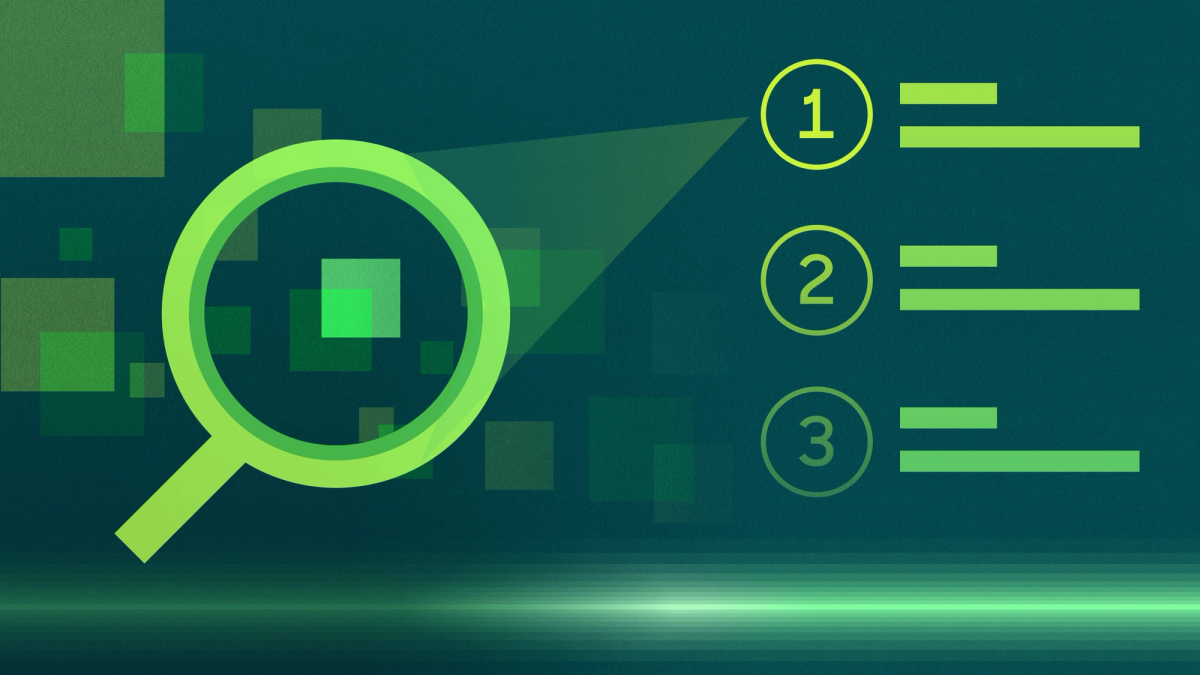"Data science combines domain expertise, programming skills, and knowledge of mathematics and statistics to extract meaningful insights".
Big data has become critically important in modern times. With the rapid growth of digitalization, the amount of data is also increasing day by day. Due to new technologies like virtual reality, metaverse, IoT, and 5G, this trend will continue in the future as well. Therefore, it is very important to analyse data. Data has become the most valuable asset of the 21st century, which governments and companies use to improve their decisions. In this blog, we will tell you a simple data science workflow in 5 easy steps that allows you to easily reach valuable insights from raw data.
Quick 5 Guiding Steps Using the Data Science Workflow-
When data science professionals start a new data analysis project, they usually follow a 5-step process. This process is called the data science workflow, the different steps of which are given below.
1. Explain the Business Goals
2. Gather and Organize Data
3. Refine and Format Data
4. Explore and Interpret Data
5. Present and Share Insights
Now, we will explore all these steps one by one so that you can clearly understand how to effectively apply data science workflow in business.
The global self-service BI market is projected to grow from $6.73 billion in 2024 to $27.32 billion by 2032, driven by the increasing demand for user-friendly data analysis tools among non-technical users.
Kanerika
Step 1: Explanation of Business Goals
Whenever a data analysis project begins, the first and most important step is to identify the right business questions. Just collecting data is of no use unless you know what you need to solve with that data. Many companies spend a huge amount of money to collect big data, but if there are no clear goals, then that data cannot be used properly.
That is why the first step in the data science workflow is to formulate clear objectives—Data is valuable only when you ask the right questions.
Some common examples:
✓ What does the company want?
✓ Which problem is to be solved?
✓ Will the data help in solving this problem?
✓ Which data is needed?
✓ Which programming language and tools will be used?
✓ Which technique will be followed in data science workflow?
✓ How will success be measured?
✓ How will tasks be distributed among the team?
This step brings clarity and gives you the roadmap for the future. It may take a little extra time as this planning improves the efficiency of your team and also saves resources.
Step 2: Gather and Organize Data
Now, that you have clear business questions, the next step is to gather and store data securely. In today’s data-driven world, big data is being generated every second. The main sources of data are:
Business Data: Company data such as customer records and transactions.
Machine Data: IoT devices such as smartwatches and cameras.
Open data: Governments and companies are sharing secure data through APIs for free use.
However, data has two types: Quantitative (data with numbers) and Qualitative (text, image, audio). In this phase of the data science workflow, it is important to manage structured and unstructured data properly.
Step 3: Refine and Format Data
✓ Raw data is not used directly for analysis — it has to be cleaned first.
✓ Duplicate rows, columns, or cells must be removed to avoid confusion.
✓ Unnecessary data (especially in big data sets) needs to be removed to save memory and time.
✓ Null values or white spaces have to be identified and handled.
✓ Outliers or extreme values have to be managed so they don’t skew your results.
✓ The structure and format of the data have to be standardized for consistency.
All these processes are part of exploratory data analysis, which is important in the data science workflow.
Step 4: Explore and Interpret Data
From Big Data to Bright Ideas: Tools That Make Data Work Smarter!
✓ Machine Learning: This is a part of AI in which algorithms learn patterns and trends from historical data.
✓ Deep Learning: An updated form of machine learning that processes vast amount of unstructured Big Data through neutral networks.
✓ NLP (Natural Language Processing): A technique for understanding and analysing human language.
✓ Computer Vision: Enable computers to understand images using techniques like image classification and object detection.
Step 5: Present and Share Insights
Data visualization is very important to understand your data and make it accessible to others.
✓ In Python, there are popular tools like Matplotlib, Seaborn, and Plotly that are used for data visualizations.
✓ For R programming, ggplot2 and Lattice are very popular packages.
✓ If you don't know programming, code-free tools like RAWGraphs and DataWrapper are also available.
✓ Business Intelligence tools like Tableau and PowerBI help in analysing big data.
Conclusion:
To start your data science journey, you can join the best data science programs like Certified Data Science Professional (CDSP™) course from the United States Data Science Institute (USDSI®), which focuses on your data science skills, the data science lifecycle, and data visualizations. After this, you can continue your learning in programs from top universities, like Carnegie Mellon University's Master of Computational Data Science (MCDS), University of California, Berkeley's Data Science Professional Certificate, and New York University (NYU)'s MS in Data Science.
These programs give you practical skills and certifications that help boost your career.





Comments